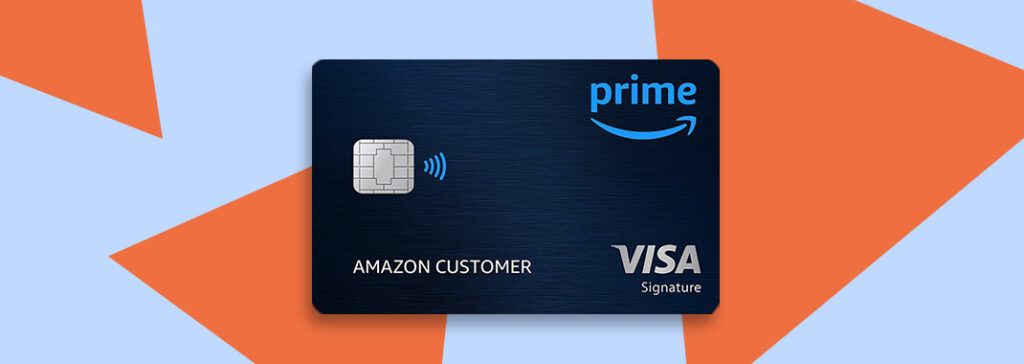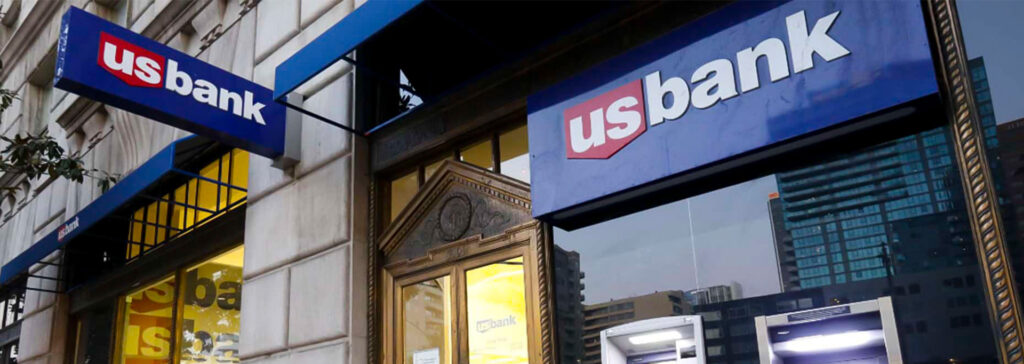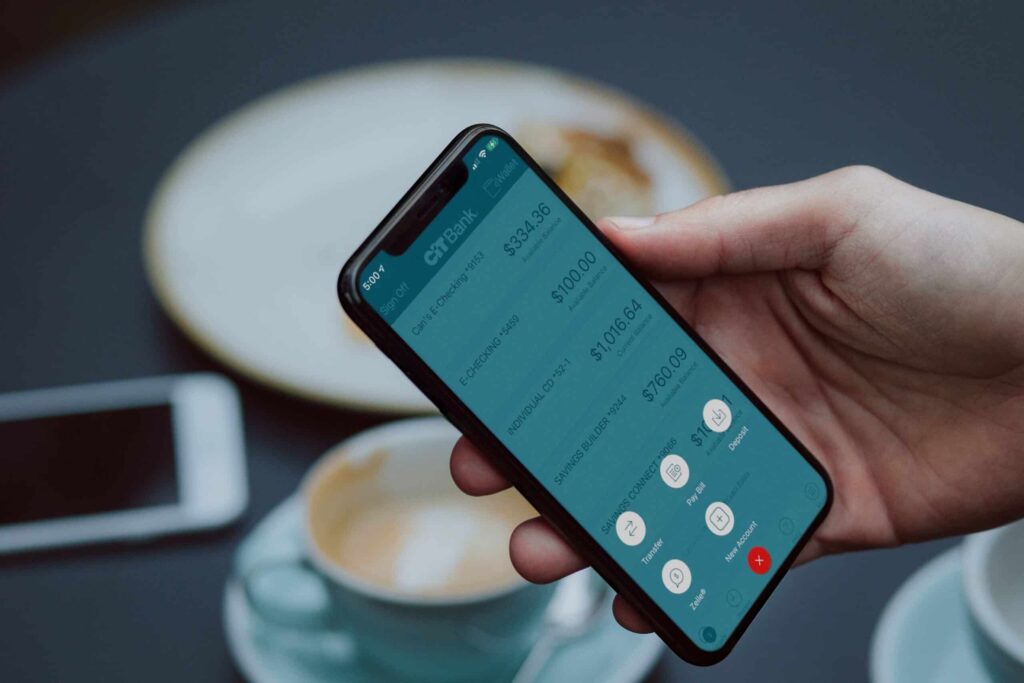Most products on this page are from partners who may compensate us. This may influence which products we write about and where and how they appear on the page. However, opinions expressed here are the author's alone, not those of any bank, credit card issuer, airline or hotel chain. This page may include information about American Express products currently unavailable on Slickdeals. American Express is not a partner of Slickdeals.
It’s no secret that it’s important to save for the future. Whether you’re saving for a new car, a new home, a vacation, or anything else, it’s important to save regularly and put your funds in the best account for your goals. In many cases, that may be a high-yield savings account or a money market savings account. To keep things confusing, there are two types of money market accounts. Money market savings accounts, which come from banks, and money market funds, which come from investment companies. Today, we’re focusing on the kind of money market account you get at a bank and how they compare with traditional savings accounts. Read on for the details about money market vs. savings accounts.
Money Market vs. Savings Accounts
Saving is an essential part of personal finance. Whether you’re saving for a specific goal or an emergency fund, savings accounts are often the best place to put your money. If you’re signing up for a savings account, you may find several options available. Among the most popular are money market savings accounts and traditional savings accounts.
A money market account is a unique type of savings account available at many banks and credit unions. There are two key differences between a money market account and a savings account. Most important to you is the option to write checks directly from the account and the potential to earn a higher interest rate.
In the next section, we’ll take a deeper look at money market accounts so you know if one could make sense for your money.
What are Money Market Savings Accounts?
Money market accounts are a type of savings account available at many banks and credit unions. When you’re looking to sign up for a new savings account, you may see money market accounts listed as an option next to the regular savings accounts.
As a banking customer, you get two main benefits with a money market account over a traditional savings account. First, and most importantly, the account may feature a higher interest rate than other savings accounts. Second, they may come with an optional checkbook, which you don’t get with regular savings accounts.
You may have a higher minimum balance requirement to avoid fees with this type of account if there are any recurring fees at all. But in more ways than not, it’s very similar to a standard savings account.
What are Money Market Funds?
Money market accounts shouldn’t be confused with money market funds. Money market funds are a type of mutual fund. Money market mutual funds invest in short-term assets like U.S. Treasuries, CDs, commercial paper, and short-term loans to the U.S. government or other banks. You can invest in a money market mutual fund through a brokerage account.
Money Market vs. Savings Accounts - Key Features
For the best understanding of the similarities and differences of money market vs. savings accounts, here’s a look at the key features of the two types of savings accounts:
| FDIC/NCUA Insured | Earn Interest | Debit / ATM Card | Check-Writing | Minimum Balance Requirement (If Applicable) | |
|---|---|---|---|---|---|
|
Money Market Account |
Yes |
Yes (higher rate) |
Yes |
Yes |
Higher requirement to avoid a monthly fee |
|
Traditional Savings |
Yes |
Yes |
Yes |
No |
Lower requirement to avoid a monthly fee |
Money Market vs. Savings Accounts - Similarities
As you can see in the chart above, money market accounts and savings accounts have a lot in common. These are some of the most important common features to know about when signing up for a new savings account or money market savings account.
- FDIC or NCUA Insurance: In the United States, virtually every bank is a member of the Federal Deposit Insurance Corporation (FDIC) or National Credit Union Administration (NCUA). If you have an account with FDIC or NCUA coverage, which you almost certainly will, deposits are covered by the government for up to $250,000 per depositor per account per financial institution. That means you could get $500,000 in government insurance for a joint account. If your bank goes out of business, the government will pay you back for your deposits up to these limits.
- Interest Rates: Banks make money by lending out the money their customers keep on deposit. Banks share some of that income with depositors in the form of interest. When you’re getting paid interest, as happens with a savings account, higher interest rates are best. Use annual percentage yield (APY) for an apples-to-apples comparison between banks and accounts.
- Debit/ATM Access: Nearly all savings accounts and money market savings accounts come with an optional debit card. You can use this to get cash from an ATM, typically with no fees if you use your own banks’ ATM network. If your card has a Visa or MasterCard logo, you can use it for purchases as well.
- Withdrawal Limit: Money market accounts and other savings accounts come with a monthly limit of six withdrawals. This limit is set by Federal Reserve regulations. If you may need to withdraw more often, you should consider a checking account instead. Teller withdrawals, ATM withdrawals, debit card purchases, online transfers, and checks all count toward the monthly limit. At some banks, it’s not a big deal if you go over once or twice. However, going over six withdrawals could lead to fees or, in the case of repeat violations, an account closure.
- Minimum Balance Requirement: The best savings accounts don’t have any recurring fees or minimum balance requirements. However, they are common among many traditional banks. If you fall below the minimum balance requirements for your account, you could wind up paying around $10 or $20, which is more interest than many people earn per year from their accounts.
Other Fees: Most bank accounts come with a fee schedule. While you probably won’t be needing many cashier’s checks or other less-common services, make sure there are no fees for anything you plan to do regularly.
Ready to save more?Explore the Best High-Yield Savings Accounts
Visit the Marketplace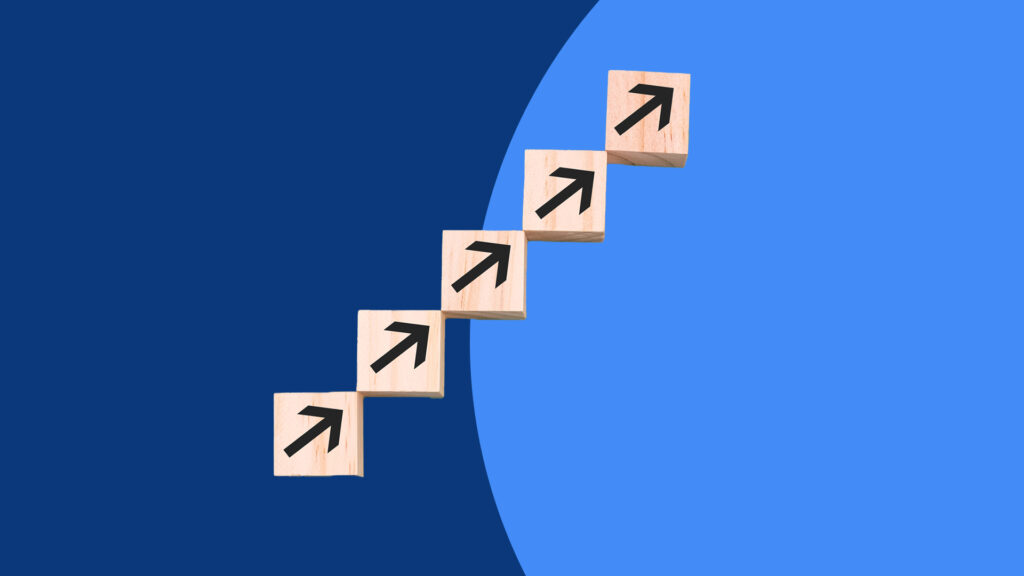
When to Choose a Money Market Account
Because money market and savings accounts are almost the exact same thing, you may be wondering when you would pick a money market account versus a savings account. The three main questions to ask yourself are:
- Which has a higher interest rate? For most people, the only important difference is the interest rate. While rates are low on most savings accounts, it’s better to get paid more money than less money. Unless one account has higher fees and you expect to pay those fees, you’re better off with an account that has the highest interest rate.
- Do I need check-writing capabilities? While it’s convenient to have an option to withdraw from an account with a paper check, most people don’t really need that feature. It’s nice to have, but not a make-or-break most of the time. If it is a serious requirement for you, it may be worth picking a money market account even if it has a lower interest rate. Remember, you can use an ATM card or debit card with a regular savings account in many cases if needed.
- Is there a higher minimum balance requirement? Depending on how you plan to use the account, you may want to avoid an account with a high minimum balance requirement to avoid a monthly service fee. Many banks don’t charge any recurring monthly fees for their savings accounts, including money market. Only sign up for an account with this fee if you plan to always keep a higher balance to avoid paying.
For most people, the best account is the one with the highest interest rate and lowest fees. Whether that’s a traditional savings account, online high yield savings account, or money market account doesn’t matter. The most important part is the bottom line: the dollars and cents you earn and keep from using the account.
Stack your savings fasterExplore the Best Money Market Accounts
Visit the Marketplace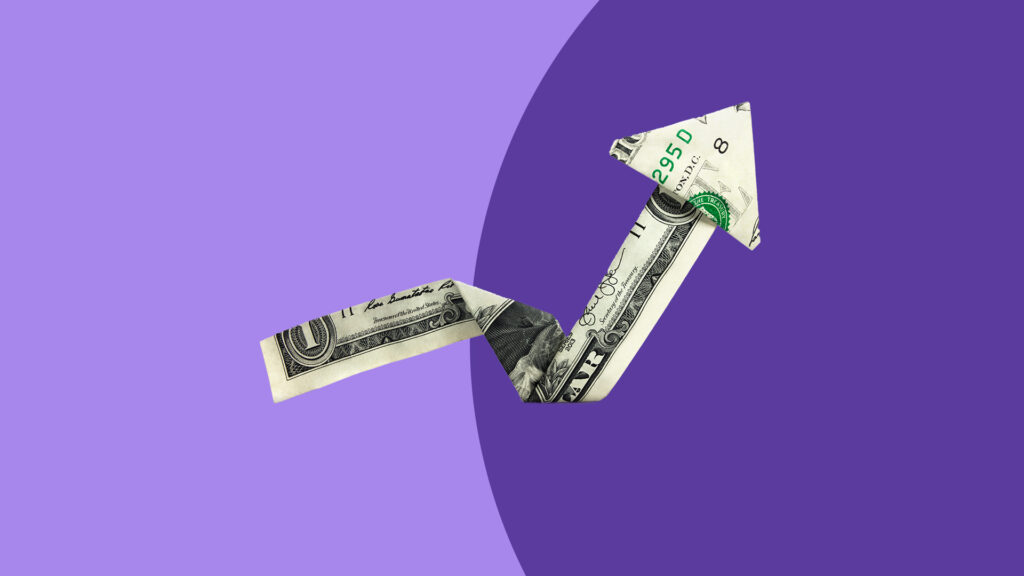
Pros and Cons of Money Market Accounts
If you’re still on the fence, here are the main pros and cons of money market vs. savings accounts to consider:
Pros
- Mostly like a regular savings account: You can switch between a savings account and a money market account and won’t notice any major differences. The accounts are similar in most ways, including FDIC insurance and debit card access.
- Higher interest rates: In some cases, money market accounts pay a higher interest rate than regular savings accounts. However, this isn’t always the case.
- Check-writing privileges: Most people don’t need to write checks these days. Money market accounts generally include a checkbook if you need it, while other savings accounts don’t.
Cons
- Higher minimum balance requirement: If there’s a minimum balance requirement, you may see a higher required balance to avoid a monthly fee with a money market account compared to other savings accounts.
- Higher monthly fees: If you have to pay a monthly fee for going below a minimum balance requirement or for any other reason, it may be a little higher with a money market account. Compare the fee schedules for accounts you’re considering before signing up.
Should You Get a Money Market Account or Savings Account?
There are no perfect savings accounts for everyone, but you likely can find the perfect account for your unique savings needs. Whether you want to keep an emergency fund tucked away in a high-interest account, are saving up a down payment, or need money for any other short-term to medium-term goal, a money market account or other high-yield savings account could be a perfect option.




